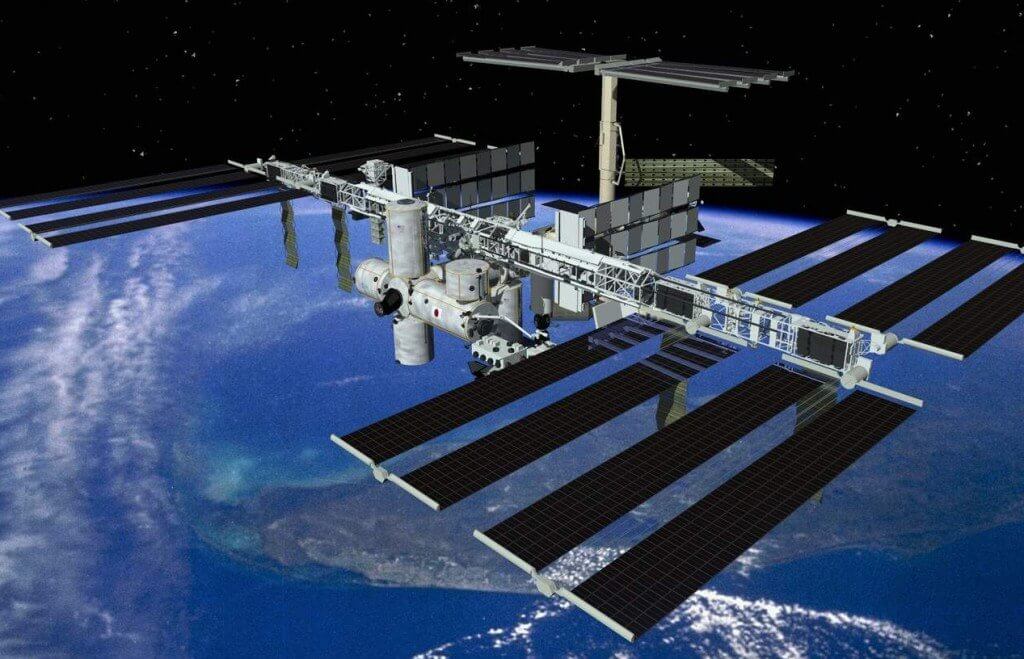Authors Maria Lucas-Rhimbassen, Cristiana Santos, George Antony Long, and Lucien Rapp delve into some heavy matter in the recently published ‘Conceptual model for a profitable return on investment from space debris as abiotic space resource.’ While the topic is an interesting one simply because most of us don’t spend much time worrying about space trash, it is also critical to consider as debris poses hazards on many levels. Even better, the researchers hope to find a way to harness such debris, recycle it, and even convert it into fuel or metal.
Viewing outer space as a ‘collective natural resource,’ the researchers discuss better ways to clear Earth orbits of hazards and turn them into a win all around. So far this has not been the main concern, and the researchers point out ‘a noticeable absence of meaningful action among space actors to actively engage in orbital debris removal.’ Citing cost as the probable reason for lack of action—or incentive—the authors realized the need for an inspiring model that could not only be helpful but commercially profitable.

(Image: NASA)
Metal and scrap are always a commodity, but the question is how to harness such profitability in space—without making it a financial liability. In exploring this ‘economic opportunity,’ the research team states that the technology is there to recycle metal into fuel rods—or even better, for 3D printing material. Decommissioned satellites are a good example of a fuel source too, with the promise of acting as an on-orbit service (OOS) station—not unlike a gas station or repair shop even.
“Such a transition presents an efficient orbital debris mitigation process as it allows for recycling of a satellite rather than burial in a graveyard orbit. It is our opinion that the commercial viability of on-orbit platforms recycling satellites into a fuel source will depend on standardization mechanism e.g. ‘hooking’ which will allow for ‘hooking’ and retrieving aged satellites,” state the researchers.
There are some legal issues surrounding the activity of debris removal in space—and then moving beyond that to recycle it and 3D print or turn it into another productive form:
“Policy and legal limitations include, but are not limited to, the fact that space debris, regardless of their partial or total dysfunctionality, are under the jurisdiction and control of the State having registered it (registry or mon commonly referred to as the launching State [4]). Registry State jurisdiction and control can only be transferred to another State, not to a private entity,” state the researchers.
“This circumstance bars the rush to space debris and lessens the expectations of economic incentives in that respect,” state the researchers, preparing to offer a model that will cover legal, policy, and economic needs—as well as inviting prospective insurers. Along with that is the continued debate within the ‘space community’ regarding rights over resources in space and how and whether they should be used at all.”
There is also the matter of the Commercial Space Act, passed in 2015, which states that US citizens should be able to extract space resources—defined as ‘abiotic resources in situ in outer space.’ This is a broad definition, really only excluding natural resources. As the research study makes clear though, while there are opportunities to be had in salvaging debris from outer space, there are also numerous obstacles to clear too—making it even easier to understand why this is a relatively untouched but possible industry for the future.
“Our rationale is to upgrade, from a top-down approach, the on-orbit property and liability insurance regime, respectively from optional to compulsory, and from fault-based to absolute, getting thus rid of the difficult burden of proving fault in orbit. Creating an incentive to help mitigating the proliferation of space debris, providing for cleaner orbits and facilitate recycling are all the more important by means on insurance, as most insurers are reluctant to provide on-orbit third party liability insurance coverage for space debris per se, as they present an increased risk on the long term,” conclude the researchers.
“Our conception of space debris as space resources aligns with the dedicated purpose of ISRU: ‘Harnessing and utilizing space resources to create products and services which enable and significantly reduce the mass, cost, and risk of near-term and long-term space exploration.’”

International Space Station (Photo: NASA)
3D printing for space, in space, and at the International Space Station is an ongoing—and fascinating—topic. Find out more about uses for space debris and 3D printing here. What do you think of this news? Let us know your thoughts! Join the discussion of this and other 3D printing topics at 3DPrintBoard.com.
[Source / Images: ‘Conceptual model for a profitable return on investment from space debris as abiotic space resource’]Subscribe to Our Email Newsletter
Stay up-to-date on all the latest news from the 3D printing industry and receive information and offers from third party vendors.
You May Also Like
Gorilla Sports GE’s First 3D Printed Titanium Cast
How do you help a gorilla with a broken arm? Sounds like the start of a bad joke a zookeeper might tell, but it’s an actual dilemma recently faced by...
Nylon 3D Printed Parts Made More Functional with Coatings & Colors
Parts 3D printed from polyamide (PA, Nylon) 12 using powder bed fusion (PBF) are a mainstay in the additive manufacturing (AM) industry. While post-finishing processes have improved the porosity of...
$25M to Back Sintavia’s Largest Expansion of Metal 3D Printing Capacity Since 2019
Sintavia, the digital manufacturing company specializing in mission-critical parts for strategic sectors, announced a $25 million investment to increase its production capacity, the largest expansion to its operations since 2019....
Velo3D Initiates Public Offering in a Bid to Strengthen Financial Foundations and Drive Future Growth
Velo3D (NYSE: VLD) has been among a number of publicly traded 3D printing firms that have attempted to weather the current macroeconomic climate. After posting a challenging financial report for 2023,...































